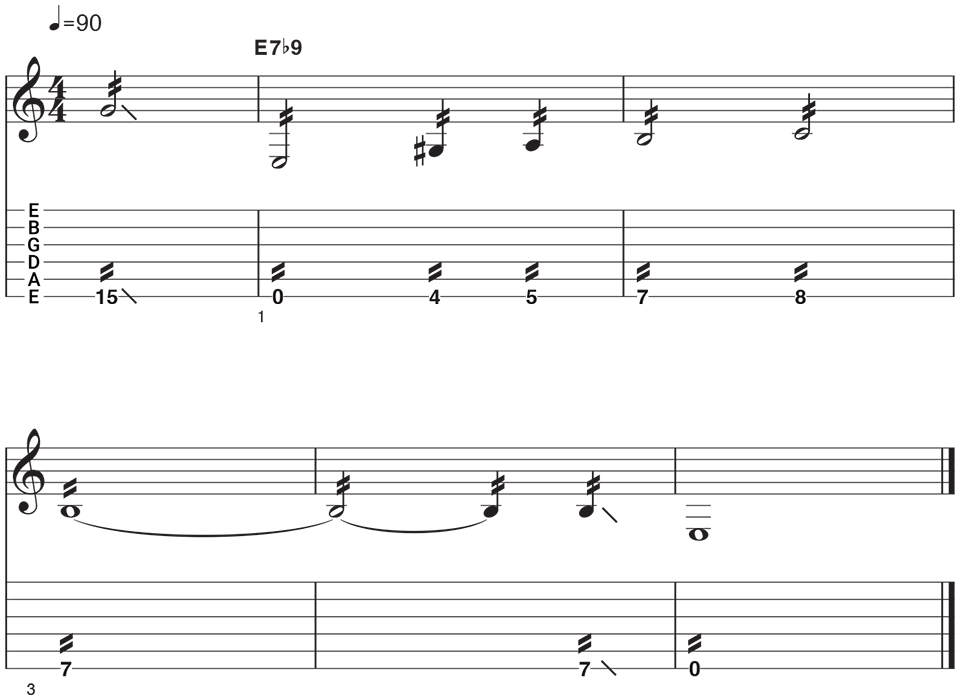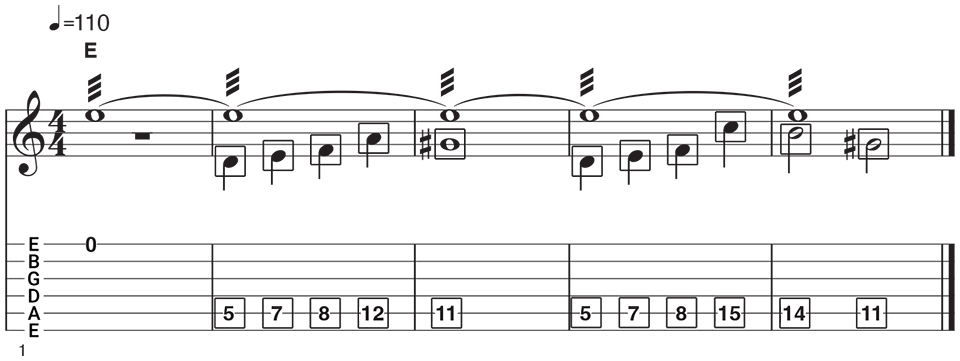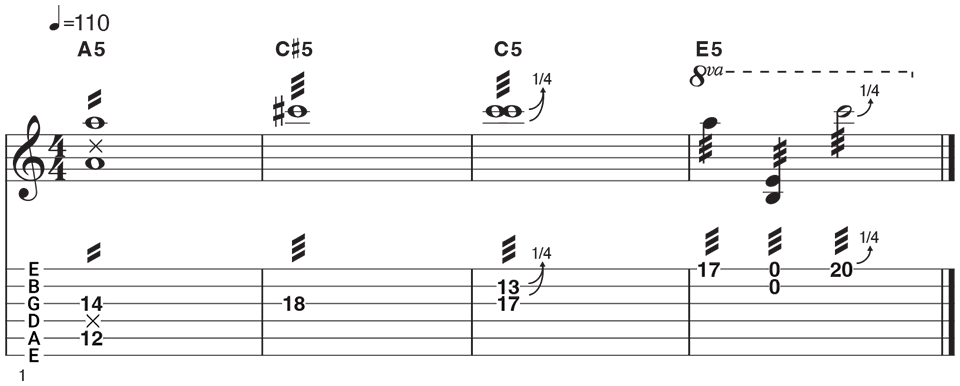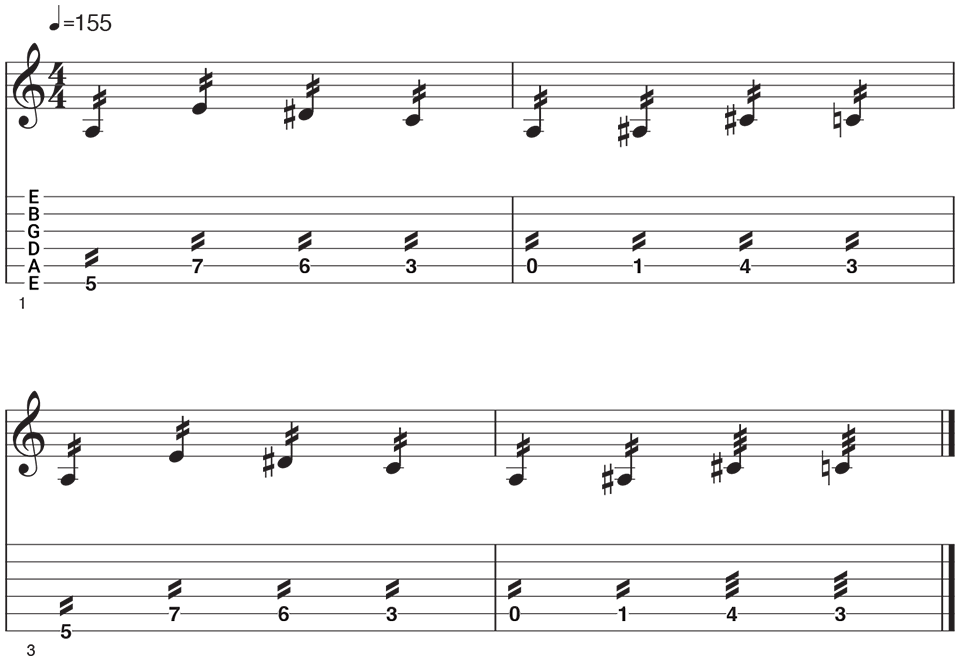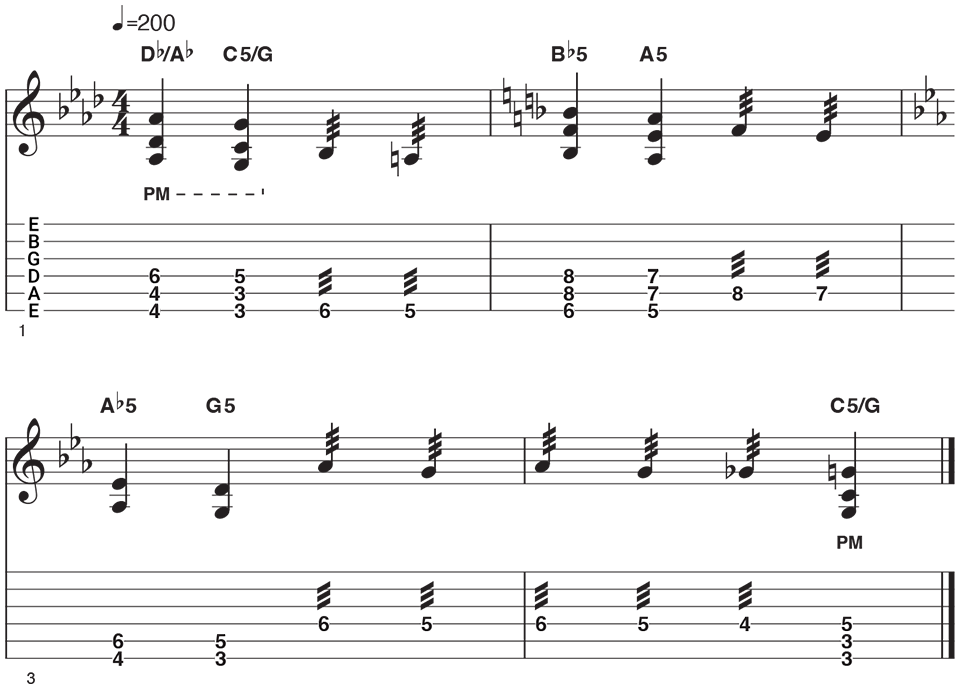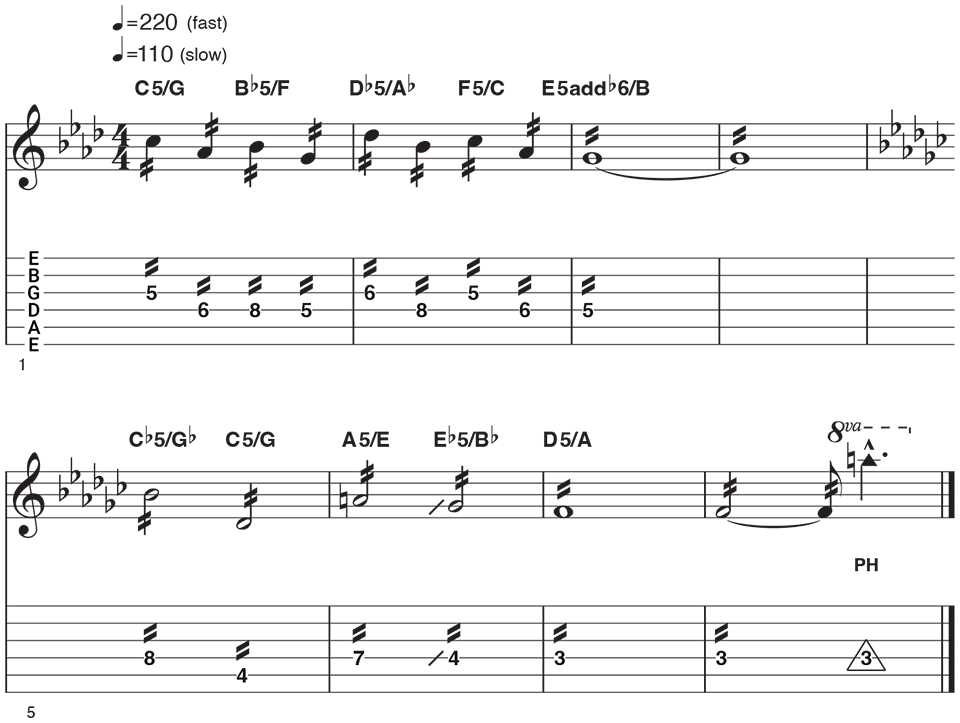How to master the art of tremolo picking – the indispensable picking technique heard in everything from death metal to surf rock that can power up your playing
Sharpen your chops and ramp up your speed with our technique-focused workout inspired by power pickers Dick Dale, Jonny Greenwood and Kerry King
Tremolo picking is the relentless, rapid-fire technique that has electrified generations of guitar players across multiple genres. It’s the thread that connects surf rock to extreme metal, classical finesse to experimental noise rock. At its core, tremolo picking involves continuously alternating up and down strokes on a single note (or set of notes), creating a sustained and often urgent texture.
Its origins trace back to acoustic instruments like the mandolin, oud, and classical guitar, where it was used to emulate sustained tones on otherwise percussive instruments. The electric guitar’s amplified nature supercharged this technique, pushing it from subtle shimmer to full-blown sonic assault.
If you've been playing for several years, learning tremolo picking is a powerful skill as it will develop speed, stamina, and control. It builds wrist strength, teaches rhythmic precision (and when to abandon it), and enhances your tone. Whether you’re aiming to channel the wet, reverby energy of Dick Dale, the sinister churn of Morbid Angel, or the textural nuance and kineticism of Radiohead, tremolo picking is a must-know guitar technique to take your playing to the next level.
The key to mastering this technique is in the wrist motion, pick angle, and watching for excessive tension in the picking hand.
You’ll use your wrist – not your elbow – to generate motion. Keep your pick slightly angled (about 15-20 degrees) to minimize resistance, and avoid tensing up - especially at higher speeds. If you feel your arm locking up, stop, reset, and try again.
When holding the pick, don't use too much pressure and expose the pick's tip between 2-5mm from the thumb - you don't need lots of pick connecting to the string. As for the pick itself, most fast players opt for substantial thickness: while it can be pleasing to strum an acoustic with a 0.60mm pick, anything under 1mm is likely to be moving around too much when you're picking fast with a moderate amount of force.
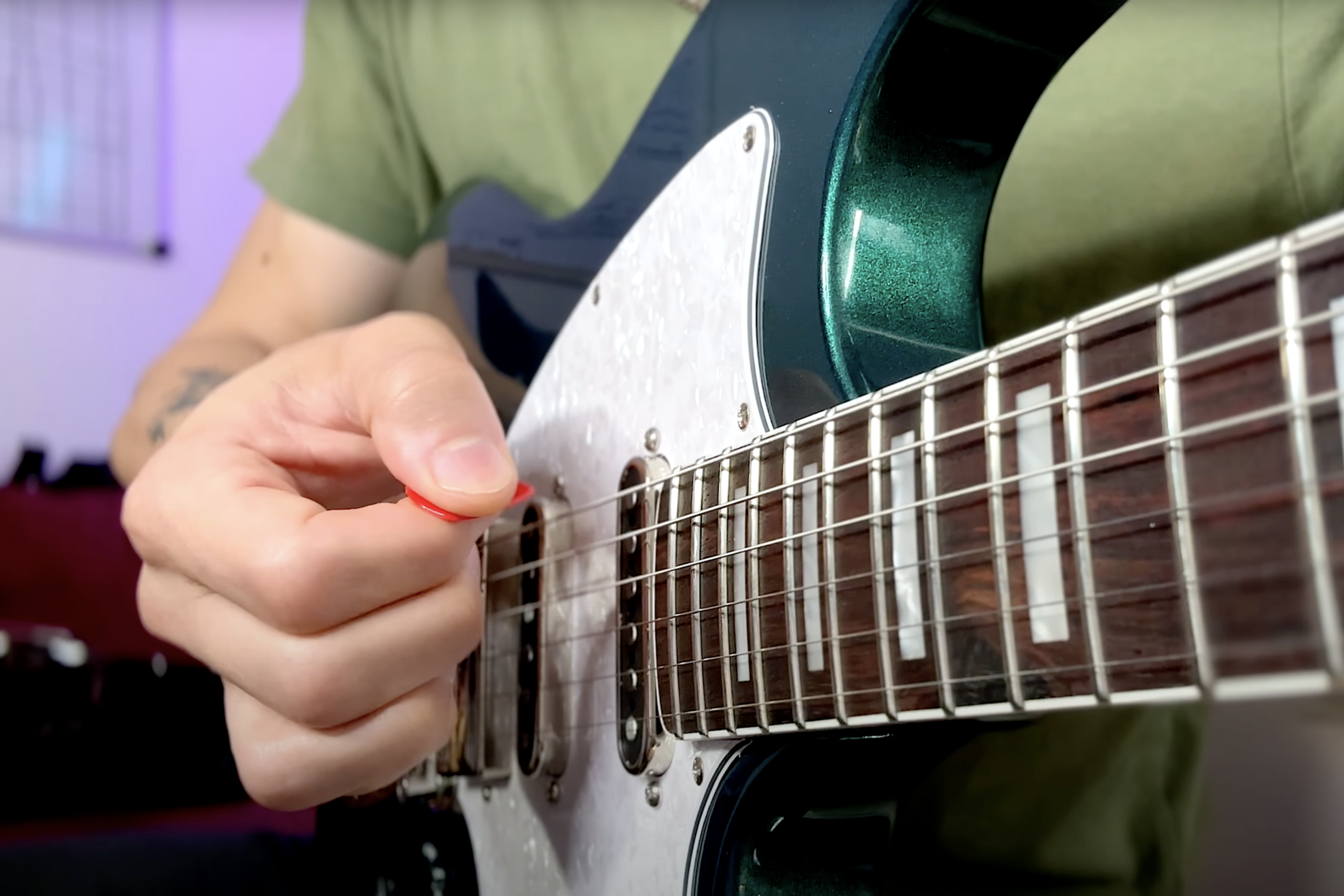
Timing and Tremolo: What Do Those Slashes Really Mean?
Let’s demystify the timing side of tremolo picking. Two rhythmic styles are used:
● Measured tremolo, often played in 16th notes.
● Unmeasured tremolo, where you try to cram in as many strokes as possible within the written note’s duration.
In notation, the number of diagonal slashes on a note’s stem tells you how fast to pick. One slash means 8th note tremolo, two slashes for 16th notes, and three for 32nd notes. At slower tempos, it’s easy to keep things precise - 8ths and 16ths can be played with steady, measured picking. But once you hit 32nd notes (or faster), it’s a different story. This is a max-out speed for many, where trying to track every individual stroke becomes mechanically unrealistic or impossible. That’s where unmeasured tremolo comes in.
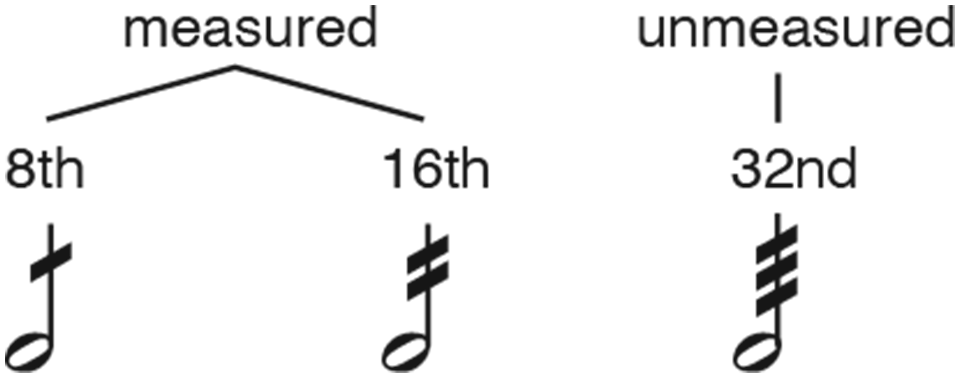
Instead of counting, you simply unleash a rapid, all-out, continuous motion - to create a fluttering effect. The goal here isn’t precise rhythmic accuracy, but sonic texture. Think of it as controlled chaos: fast, loose, and expressive rather than mathematically perfect.
In tablature without note stems, you may see the slashes placed above or below the fret number.
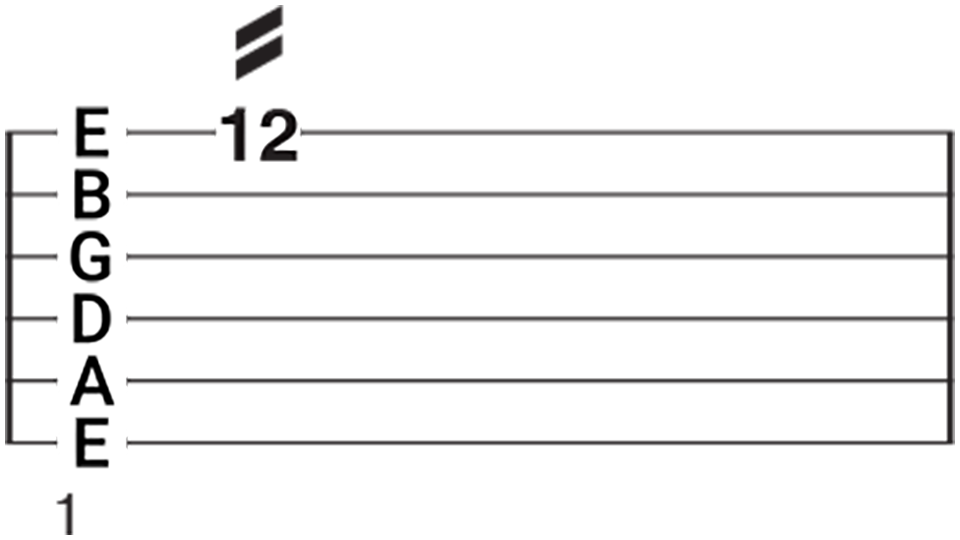
Ready to dive in? Great. What follows are six comprehensive examples that unlock the deep potential of tremolo picking in your guitar playing!
Tremolo Picking examples
Example 1: Dick Dale and the surf guitar tsunami
Dick Dale brought tremolo picking into the mainstream with high-speed, reverb-soaked lines that sounded like crashing waves. His technique and tone were inspired by jazz drummers like Gene Krupa - fast, bombastic, and full of syncopation.
In this example, use a clean tone with spring reverb (the 'boingy' type found in old tube amps) and focus on measured sixteenth note tremolos, with accenting on specific beats for rhythmic bounce. Explore picking closer to the bridge for that classic surf guitar snap and bite.
Example 2: Eddie Van Halen's classical twist
Eddie Van Halen’s Little Guitars intro is a pastiche take on nylon-string fingerpicked guitar tremolo which involves either the thumb, first and second fingers or those plus the third finger. Here, you are maintaining a high open string with unmeasured tremolo while the fretting hand fingers hammer-on lower notes to create a layered, two part sound.
Inspired by composers like Francisco Tárrega (check out the famous Recuerdos de la Alhambra) and classical guitarists like Andrés Segovia, Eddie used tremolo in this case as a texture, not just a technique. This one demands twitch picking - the rapid wrist shake that comes from a relaxed shoulder and snappy wrist, not brute force. If you’re struggling with the 'hammer on from nowhere' technique required by this example, check out this 10 Guitar Tips article that includes hammer-on strength exercises.
Example 3: Jonny Greenwood and the art of texture
Radiohead’s Jonny Greenwood brought tremolo picking into the world of alternative and art rock. He blended measured and unmeasured tremolo, double stops, and octave shapes across wide string spans for a textural, orchestral vibe.
This style requires more wrist mobility and a looser picking grip, like a funk rhythm guitarist. The result? Ambient washes, punchy cacophony, and ethereal richness. In this example, there's a set of 'false notes' - two of the same exact pitch played on two different strings simultaneously. This adds thickness and dissonance as the C note on the third string is slowly raised by a ¼ step.
Example 4: Slayer and the thrash revolution
In thrash metal, tremolo picking is an engine of aggression. Slayer’s riffs - like in Postmortem or Raining Blood - use measured 16th-note tremolos to match relentless double bass drum.
As stated earlier, there's a key skill to maintaining fast tremolo picking. Here's what Kerry has said about fast tremolo picking: "A lot of people don't know that they don't need to play from the elbow. If you want any kind of speed and you want to be articulate, play from the wrist. You've got to have as minimal movement as you can."
Add distortion and pick hard(ish) for maximum attack but be mindful about tension and/or pain over long bouts of heavy and fast picking. Use single-string dissonant intervals and punctuate with occasional unmeasured bursts to ramp up tension. Thrash tremolo is tight, rhythmic, and physically demanding - this is a real stamina-builder.
Utilize the unused parts of both hands to control noise in this style. Quick position shifts and fast tremolos with this amount of distortion makes playing tight and cleanly a battle. Again, you can refer to chapter six of the 10 Guitar Tips article to work on controlling string noise with both hands.
Example 5: Death metal and the extreme edge
Bands like Morbid Angel use tremolo picking with almost reckless abandon, creating riffs that sound like turret fire. This style leans heavily on unmeasured tremolo, often alternating between rapid picking and muted power chords.
As stated earlier, keep your pick angle sharp not flat contact to the string but angled so each stroke has less resistance. Practice in short bursts to avoid hand stress as 200 bpm with constant tremolo is intense. This example is a great workout for tone control and switching between muted chords and high-octane single note runs.
Example 6: Black metal – something wicked this way comes!
Black metal, pioneered by players like Euronymous of Mayhem, uses tremolo picking in haunting, melodic ways. This style incorporates arpeggios and scalar runs, all tremolo picked with sixteenth notes at warp speed over blast beats.
Unlike death or thrash metal, don't mute - let the strings ring with icy clarity. Practice bar-by-bar to learn the fingerings, then stitch each bar together. Think piercing winds and revelatory chaos: this is tremolo picking’s most brutal form.
Tremolo picking in 5 iconic songs
Dick Dale – Miserlou
The original surf tremolo anthem. Fast, dry-picked, and soaked in reverb. An electric guitar game-changer.
Eddie Van Halen – Little Guitars
Flamenco flair in a classically inspired masterpiece. Combines blazing tremolo with fret hand tapping/hammer-ons for added challenge.
Radiohead – Just
Jonny Greenwood unleashes tremolo picking through octave swells and fuzzed-out textures in this explosive solo from The Bends.
Morbid Angel – Immortal Rites
A blueprint for death metal riffing. Unrelenting tremolo picking and tonal brutality.
Yngwie Malmsteen – Trilogy Suite Op: 5
Perhaps a good starting point for a part two, this neoclassical opus combines fast measured tremolo picking between fretted notes and the open string.
Dre DiMura is a guitarist and content creator whose career spans stage, screen, and studio. As a session and touring guitarist, he has performed around the globe – from clubs to major festivals and arenas. With over 170 million views, his online guitar content has inspired and connected players worldwide. Dre has also appeared on screen in television shows and commercials for HBO, NBC, and Nickelodeon, and has worked with legendary guitarists including Steve Vai, Nuno Bettencourt, and Paul Gilbert.
- Jason SidwellTuition Editor – GuitarWorld.com, GuitarPlayer and MusicRadar.com
You must confirm your public display name before commenting
Please logout and then login again, you will then be prompted to enter your display name.

